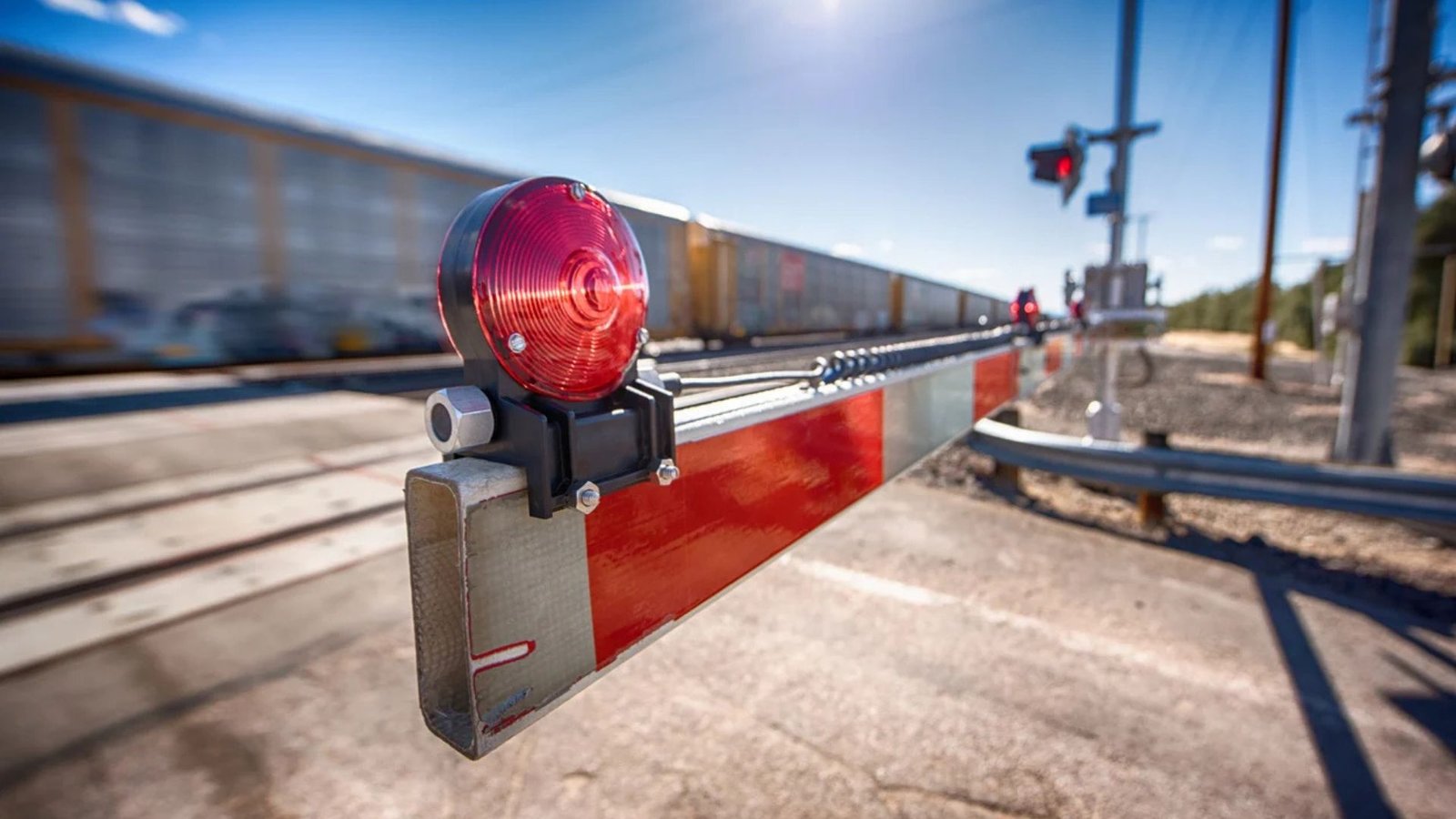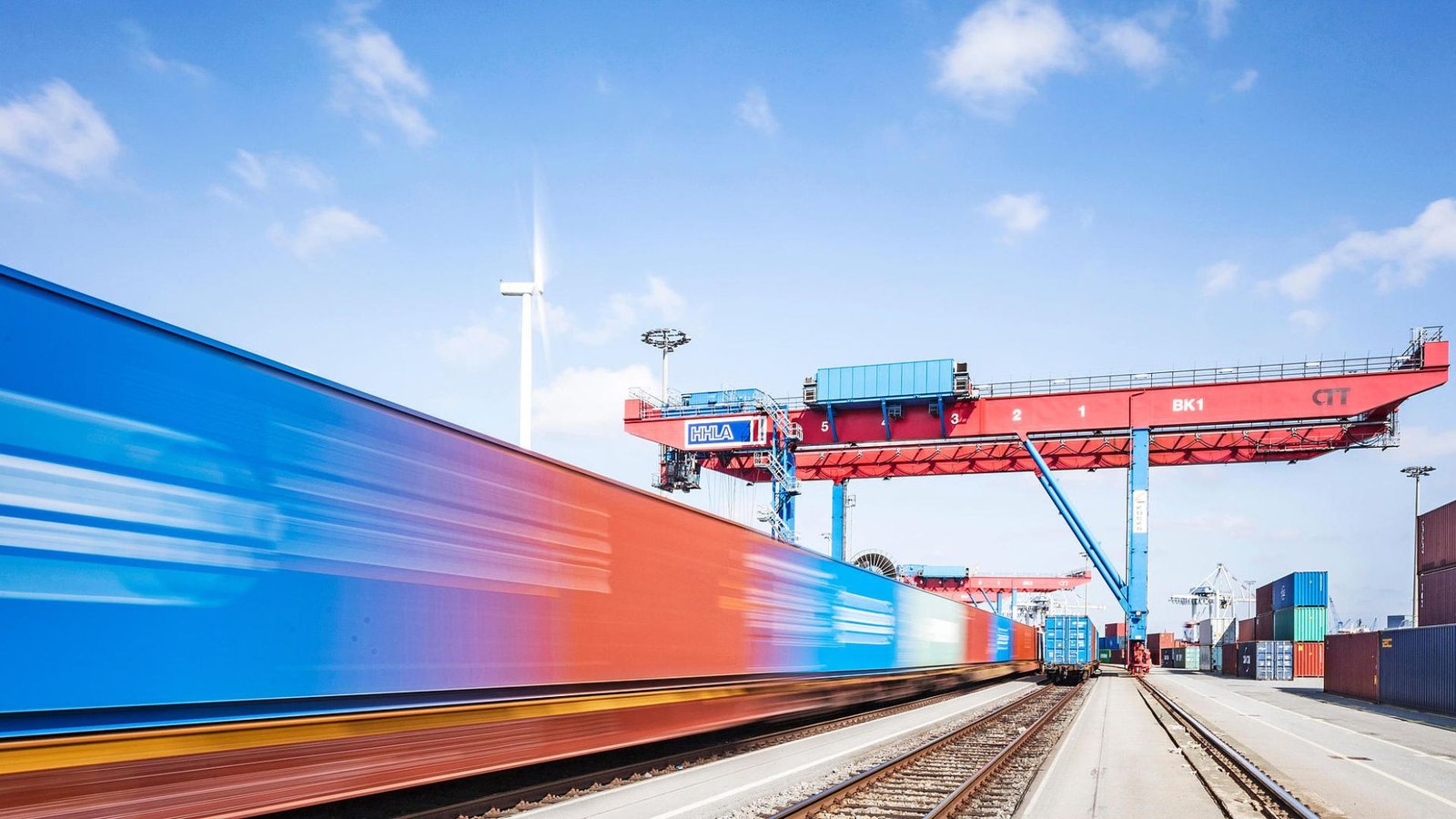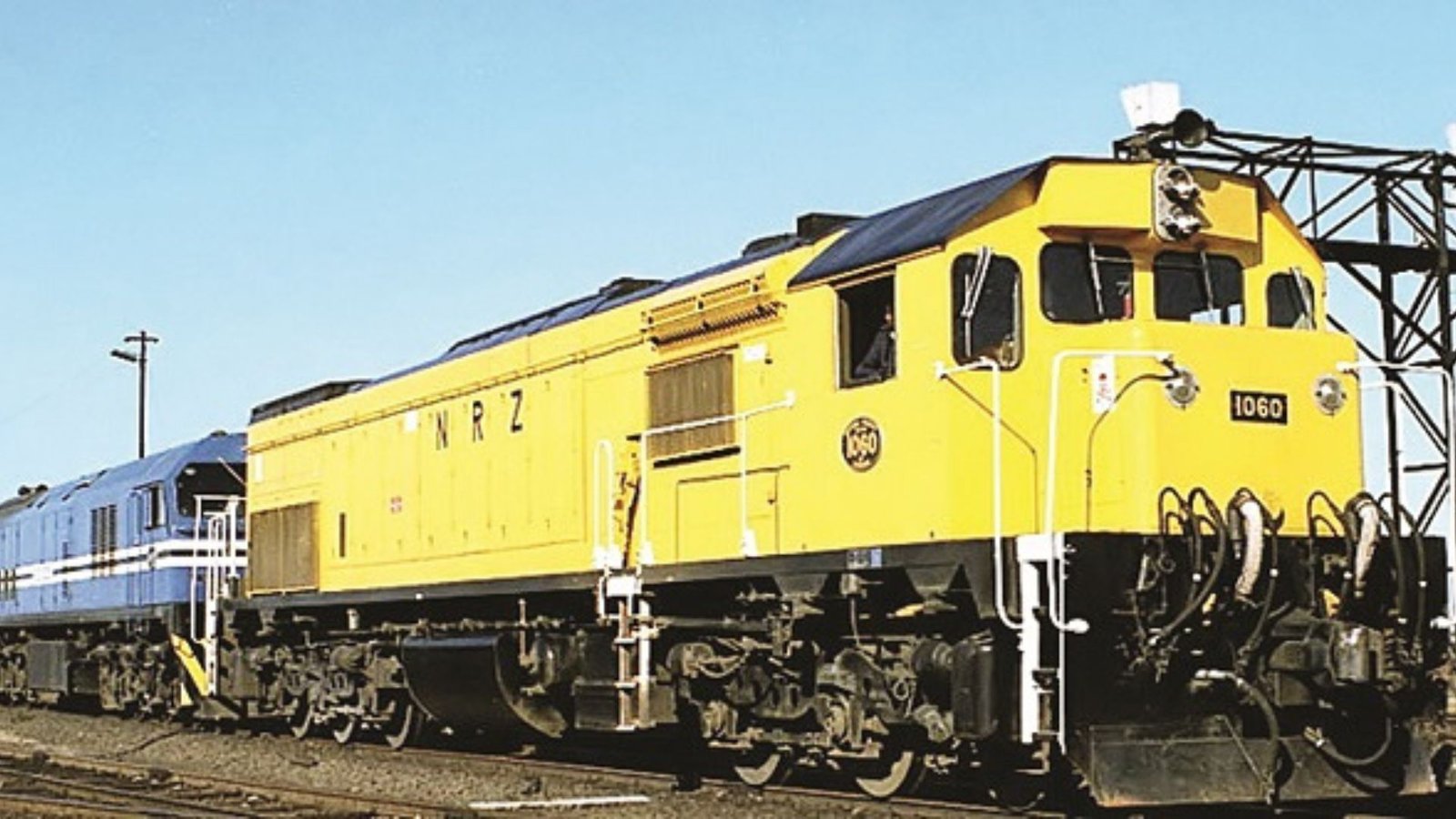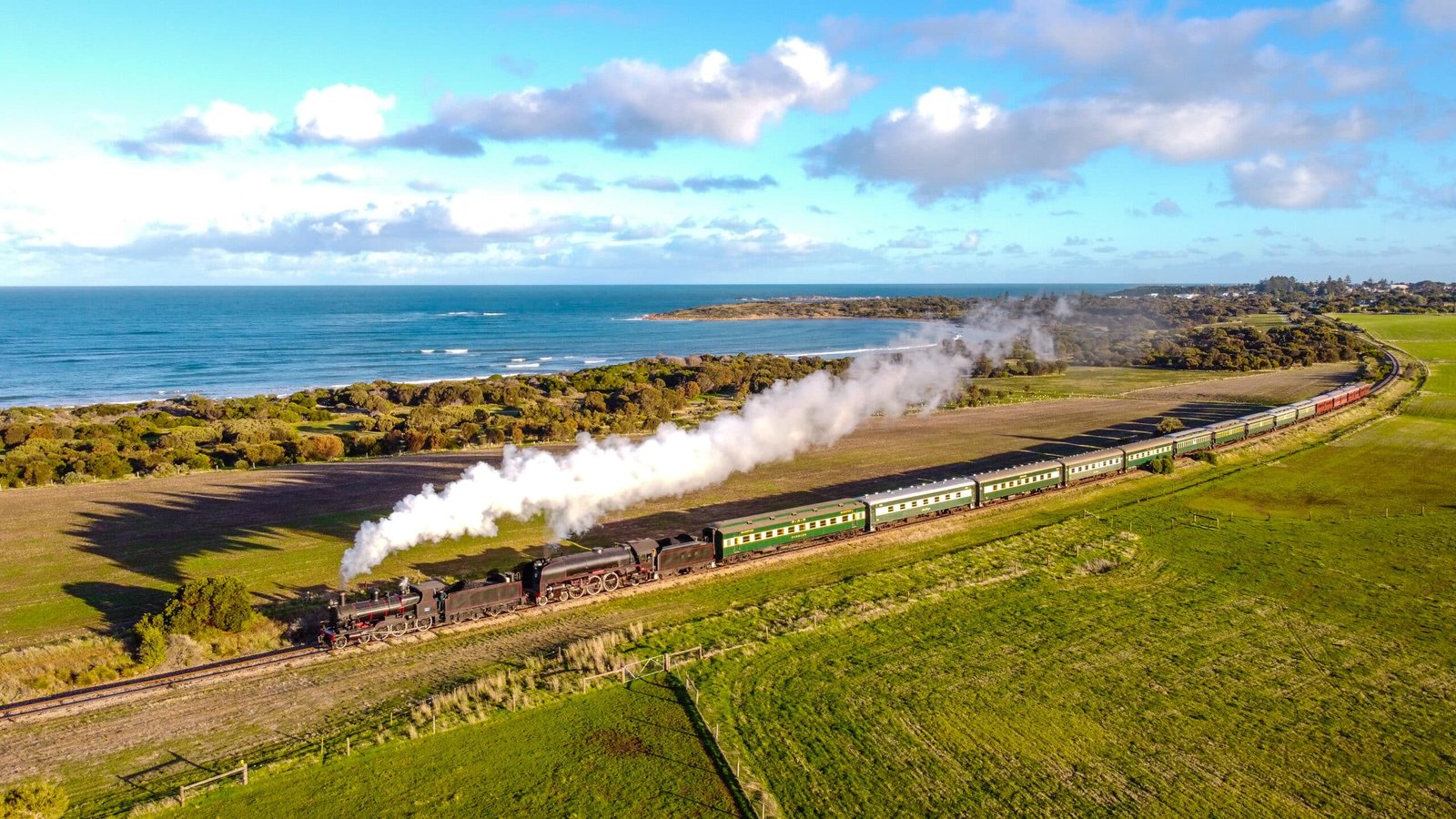Railroads have always been a crucial part of transportation systems worldwide. As we look to the future, the future of railroads will be shaped by technology, sustainability efforts, and changing economic needs. In this article, we’ll explore the key trends that will define rail transport’s future, from green technologies to automation and smart infrastructure.

1. Sustainability and Green Rail Transport
As concerns about climate change grow, the future of railroads is moving towards more sustainable solutions. Rail transport is already more energy-efficient than trucks or planes, but future developments will make it even greener. Innovations like electric trains, powered by renewable energy, are gaining traction. These eco-friendly rail systems will drastically reduce emissions and dependence on fossil fuels.
In addition, hydrogen-powered trains are being tested in several countries. These trains emit only water vapor, making them a zero-emission option. The shift to sustainable rail transport is not only better for the environment but also meets the growing demand for clean energy solutions.
2. High-Speed Rail Networks
High-speed rail networks are a major trend shaping the future of railroads. Countries like Japan, France, and China have already built extensive high-speed rail systems, and other nations are following suit. These trains can travel at speeds exceeding 200 miles per hour, making them competitive with air travel for medium distances.
High-speed trains will reduce travel times between cities, boosting economic connections and making rail a more attractive option for both passengers and businesses. As high-speed rail technology improves and expands, we can expect more regions to embrace these fast, efficient networks.
3. Autonomous and Driverless Trains
Automation is a key trend in the future of railroads. Driverless trains are already being tested in some countries, and they are expected to become more common in the coming years. These autonomous trains use advanced sensors, AI, and GPS technology to operate without human intervention.
The benefits of driverless trains include increased safety, efficiency, and lower labor costs. With AI and automation, trains will be able to run on optimal schedules, improving supply chain efficiency. Additionally, fewer human errors will reduce the risk of accidents and delays.
4. Smart Rail Infrastructure
Smart rail infrastructure is another trend shaping the future of railroads. This includes the use of advanced technology like IoT sensors and predictive analytics to monitor and maintain rail systems. By embedding sensors in tracks, trains, and stations, rail operators can gather real-time data on the condition of the infrastructure.
This data will be used to predict maintenance needs, improve rail network reliability, and reduce downtime. Smart systems will allow for quicker responses to issues, preventing accidents and minimizing disruptions to service. Ultimately, smart rail infrastructure will make rail travel safer, more efficient, and more reliable.
5. Intermodal Transport Integration
As supply chains become more global, the future of railroads will involve closer integration with other forms of transport. Intermodal transport refers to the combination of rail with other methods like trucks, ships, and airplanes. This integration makes it easier to move goods across different transportation systems.
In the future, rail will be a key part of multimodal transportation hubs, where goods can easily be transferred between rail, truck, and sea freight. This interconnected system will improve efficiency and reduce costs, benefiting businesses and consumers alike.
6. Digitalization and Data-Driven Rail Services
In the digital age, railroads are becoming more data-driven. The use of big data and digital platforms will change how rail services are planned and operated. Rail operators will use data analytics to optimize routes, schedules, and maintenance schedules.
Additionally, digital ticketing and contactless payments will streamline the passenger experience. Smart apps and online platforms will allow passengers to book tickets, check train schedules, and even track train locations in real-time. This digital transformation will make rail travel more convenient and accessible.
7. Increased Investment in Rail Systems
Governments around the world are recognizing the importance of rail transport and are investing in modernizing their rail systems. Rail infrastructure investment will be crucial for accommodating future demand and improving efficiency. This includes building new rail lines, upgrading existing tracks, and investing in high-speed rail.
In many regions, public and private sector partnerships are helping fund railway projects. These investments will ensure that rail transport remains competitive and capable of meeting the needs of a growing population and economy.
8. Expanding Rail Networks to Remote Areas
Railroads are increasingly reaching remote areas, opening up economic opportunities for underserved regions. Expanding rail access to rural and isolated areas can improve access to essential services, such as healthcare and education. It can also stimulate local economies by connecting small towns to larger markets.
Conclusion
The future of railroads is full of exciting possibilities. With advancements in technology, sustainability, and infrastructure, rail transport is set to become even more efficient, eco-friendly, and accessible. From high-speed trains to autonomous systems, these innovations will change how people and goods move across the world. The growing focus on sustainability, automation, and smart infrastructure will ensure that railroads remain a key part of the global transportation network for many years to come.
As we look to the future, rail transport will continue to evolve and offer new ways to connect people and businesses. With increased investment and technological advancements, the railways will help shape a more efficient, sustainable, and interconnected world.




